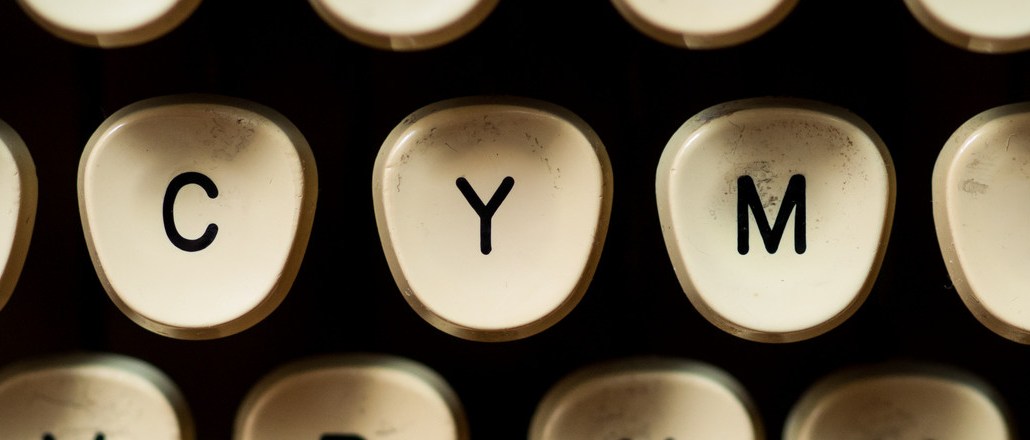
The conventions have wrapped and there are plenty of outlets to turn to for astute political analysis. But we here at Digiday are looking at how the media — and the candidates themselves — get their stories out there. This was a big two weeks for streaming live video, for example. Sahil “Sizzle Reel” Patel broke down how five major publishers — from CNN to Univision — flexed their Facebook Live, YouTube and Twitch muscles this week.
And beyond live video, there was VR. During the Republican National Convention last week, ABC News, CNN and The Huffington Post were among the news outlets that published VR and 360-degree videos to give viewers a more immersive snapshot of what was happening on the ground in Cleveland. All three publishers also produced more VR and 360-degree video pieces for the Democratic National Convention this week in Philadelphia. (YouTube, meanwhile, is live streaming both conventions in 360 degrees.)
“VR has the ability to help people step inside someone else’s shoes,” said Bryn Mooser, co-founder of Oscar-nominated VR company Ryot, which was acquired by The Huffington Post in April. “In this case, we want to give a full look at what a convention in 2016 looks like.”
Speaking of views (and views and views)
Business Insider’s distributed media arm, known simply as Insider, is one of those fast-growth publishers that have mastered the art of getting videos in front of people on platforms, mostly Facebook. In just 11 months of existence and with a team of 30, Insider now boasts a whopping 1.5 billion — yes, with a B — video views in a single month.
Driving that growth is Insider editor-in-chief Nicholas Carlson, who joined us on this week’s episode of the Digiday Podcast. Pro-tip: Facebook aside, there is no short-cut to a billion views.
“The super-hard and super-exciting thing we do is if you don’t start the video with beautiful, engaging photography, it’s not going to work,” said Carlson. “The story starts right there. There’s no baiting into it. You have to keep telling a good story or people will go away.”
You’ve got mail
Media outlets have a new important person in the newsroom: The newsletter editor. Publishers are rediscovering that email newsletters are a reliable way to reach readers, writes Lucia Moses. After all, newsletters (like the one you’re currently reading!) serve a critically important direct connection to audiences that serves as a counterweight to the mercurial algorithms of Facebook.
The newsletter editor role and title varies somewhat by publisher, but from Quartz to Vox to The Washington Post, there is a common DNA: “An underappreciated skill for the newsletter editor is being able to put yourself in the mindset of the reader at the end of the email,” said Zach Seward, Quartz’s vp of product and executive editor.
Bringing the heat in tweets
The public meltdown at IBT Media got a little more public — and a bit meltier to boot — this week. Former IBT Media employees have taken to Twitter en masse to protest the publisher’s failure to pay severance, using the hashtag #IBTWTF in a damning series of tweets.
“Laid-off IBT reporters asked @IBTMedia mgmt for respectable severance terms. Mgmt refused. Now we’re laying out our case publicly. #IBTWTF,” former IBT reporter Owen Davis tweeted. And what followed didn’t disappoint.
“It’s an insult,” Davis told Lucia Moses in a phone interview. “We put in long hours, won awards and increased their stature in the journalism world. We feel like we negotiated in good faith. At this point the company has stonewalled. We hope they’ll see the public at large and greater journalism community has no respect for this behavior towards journalists.”
Less is more
The Economist has a few pointers for any social media editors reading this: Tweet less. But make those tweets count. A year ago, 15 different tweets were written for each article the Economist published, often between five and 10 a day. Today, each article now gets between three and five tweets, according to an essay it posted to Medium earlier this week. As a result, the magazine has seen higher engagement and an increase in followers.
“We had a hunch that we were wasting time churning out tweets,” said Denise Law, community editor at the publisher. We need to balance being lean, efficient and high quality, you can’t do that when you’re writing 15 tweets per article.”
Best of all, though, was this comment the story elicited:

More in Media

A timeline of the major deals between publishers and AI tech companies in 2025
Here’s a list of all the major deals signed between publishers and AI tech companies in 2025.

No playbook, just pressure: Publishers eye the rise of agentic browsers
For the bulk of publishers, Google is, as ever, the one to watch. It’s already got agentic features within its Chrome browser, but that’s the tip of the iceberg, some say.

The biggest SEO lessons in 2025 for publishers
KPIs are changing, more AI search data is becoming available, and publishers are looking beyond search to grow their audiences and revenue.





